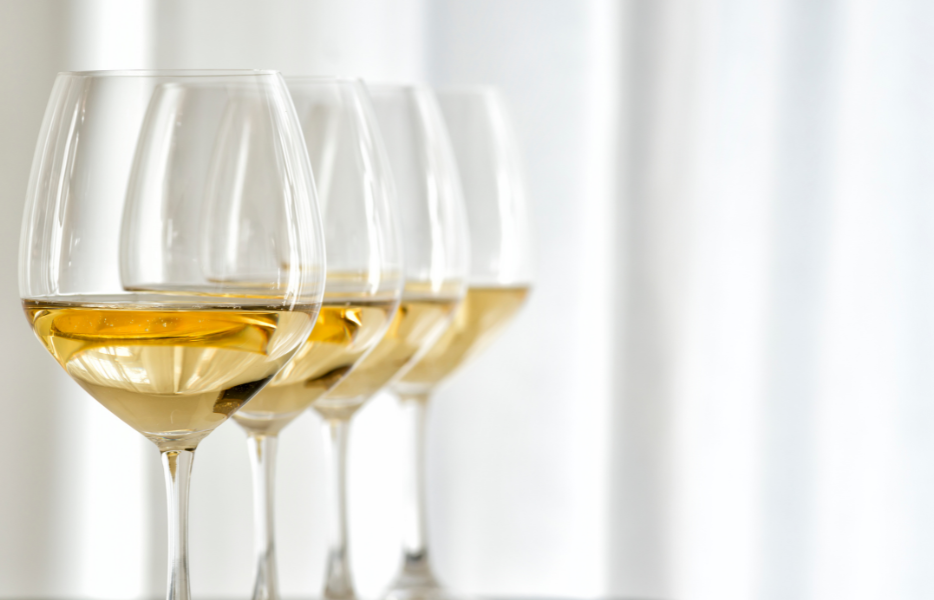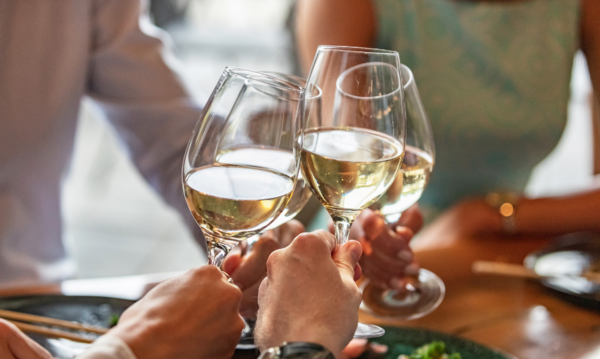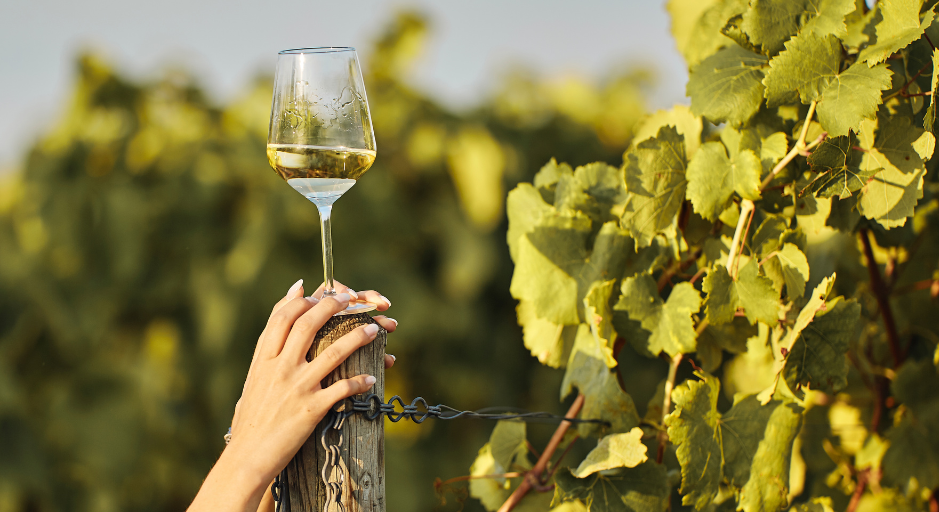A Chardonnay for Every Taste

From steely to plush, there’s a Chardonnay for everyone.
By Erin Henderson
This week plays host to the annual Chardonnay Day.
I generally feel these unofficial-official celebratory days are a bit tedious (French Fry Day! Puppy Day! Peanut Butter and Jam Sandwich Day!) so I try to avoid them as best I can. However, this Chardonnay Day, as with the last few, will also be used here in Ontario to promote Niagara’s annual I4C conference coming up in July, and casting the much-maligned Chardonnay in a favourable, and even exciting light, is an initiative I can whole-heartedly endorse.
If you find yourself amongst the ABC crowd (Anything But Chardonnay), I urge you to give it another try. Many wine enthusiasts we encounter in our tastings who resist Chardonnay are pleasantly surprised to discover wines that are fresh, bright, and invigorating – nothing at all like the heavy, butterscotch sundae flavours they associated with the grape.
To be fair, their assumptions are not totally unjust, just slightly outdated. In the 1980’s the general trend (for all wines, by the way) was rich and alcoholic with heavy, sweet oak flavours of butterscotch sundae, toffee, and vanilla. Unfortunately, Chardonnay became the whipping boy for this style and still suffers under that belief.
As the saying goes, it takes years to build a reputation, and only the 80’s to tears it down.

A Lil’ History
Chardonnay is the most planted white wine grape in the world, appearing in vineyards from Chile to New Zealand. However, this little grape that could has its origin story in France.
Some historians say the grape was grown in a village in Burgundy, also called Chardonnay, about 1300, give or take. Others say it was monks living in the chilly northern region of Chablis around 1200 that first planted the grape vine.
In more recent years, and closer to home, Chardonnay really burst onto the scene in the 1980’s, as discussed above, thanks to the efforts of Californian winemakers. The 1976 Judgement of Paris – which pitted still-wet-behind-the-ears Californian winemakers against the historied behemoths of Burgundy and Bordeaux in a thinly veiled condescending competition of wines – shocked everyone when Chateau Montelena’s 1973 Chardonnay took top scores in the white wine category (Stag’s Leap 1973 Cabernet Sauvignon edged out Bordeaux’s Château Mouton-Rothschild for best red.)
And that set Chardonnay’s path in motion, for better or worse, for the modern wine drinkers of North America.
Today
Tastes, and winemaking, have changed in the last 40 years. Winemakers are now dialing back the oak influence, reducing the alcohol, and producing wines that are lean, streamlined, and food friendly.
Chardonnay runs the gamut from the steely, nervy, and tart examples of Chablis to the rich, buttery, and voluptuous versions from warm climates. But even in a specific region, even from the same year, wines can take on vastly different personas in the glass. Like handing a group of artists identical paint, brushes, and canvas, the results will be markedly different.
A few weeks ago, I attended a seminar by Wines of California. As part of the workshop, we tried two Chardonnays from Sonoma, side by side. The contrast was astonishing. Despite both being “Chardonnay” and both coming from Sonoma, one was slim and delicate with pretty notes of blossom, citrus zest, and white peach. The other was much fatter and opulent, with flavours of honey, nuts, and buttered popcorn.
As this tasting proved, not all Chardonnay – or Cabernet, or Shiraz, or Pinot Noir, for that matter – are identical. So much depends on the place (Burgundy? California? Ontario?), the season (cooler than average? More rain? Draught?), the winemaker’s decisions (steel or oak aging? Wild or commercial yeast? Blend or not?), and of course the actual farming (organic? Conventional? High yield, low yield? Clone? Vine maintenance?) There are literally thousands of factors and decisions that will go into the final taste of a wine.
Luckily that means, somewhere out there, is a Chardonnay for you.

For the Lover of Crisp, Neutral Whites
If you gravitate to Pinot Grigio, Greece’s Assyrtiko, or Muscadet from France’s Loire Valley, an unoaked style of Chardonnay might be your new favourite. These steely Chards have notes of tangy lemon-lime, crisp green apple and a flinty minerality that lovers of lean white wine enjoy. Usually the term “unoaked” will be on the label, but any Chablis will suit the style as these Chardonnays are famous for their chalky minerality and zesty lime note.
For the Lover of Aromatic, Floral White Wines
Fans of Gewürztraminer, Torrontes from Argentina, Viognier, and some Rieslings, might try their luck with a Chardonnay Musqué, an aromatic variant of Chardonnay that has heady, musky, perfume flavours. Ontario and New York’s Finger Lakes makes this style of wine, and you can find it scattered in vineyards elsewhere, as well.
For the Lover of Fruity and Herbal White Wines
Wine enthusiasts who prefer Sauvignon Blanc, Vinho Verde, certain styles of Pinot Gris and Chenin Blanc, will find joy in the mid-weight Chards from Burgundy’s Mâcon region, which not only burst with flavours of yellow apple, peach and lemon, but are very well priced and a terrific introduction to Burgundy in general.
For the Full-Bodied, Powerful White Wine Lover
Well, you probably are very comfortable in Chardonnay territory. Chard is the poster child for full throttle whites, but well-made wines go beyond brute force, balancing that power with complexity and structure. Burgundy’s Mersault, Australia, and Sonoma County are all terrific hunting grounds for your wine shopping.

